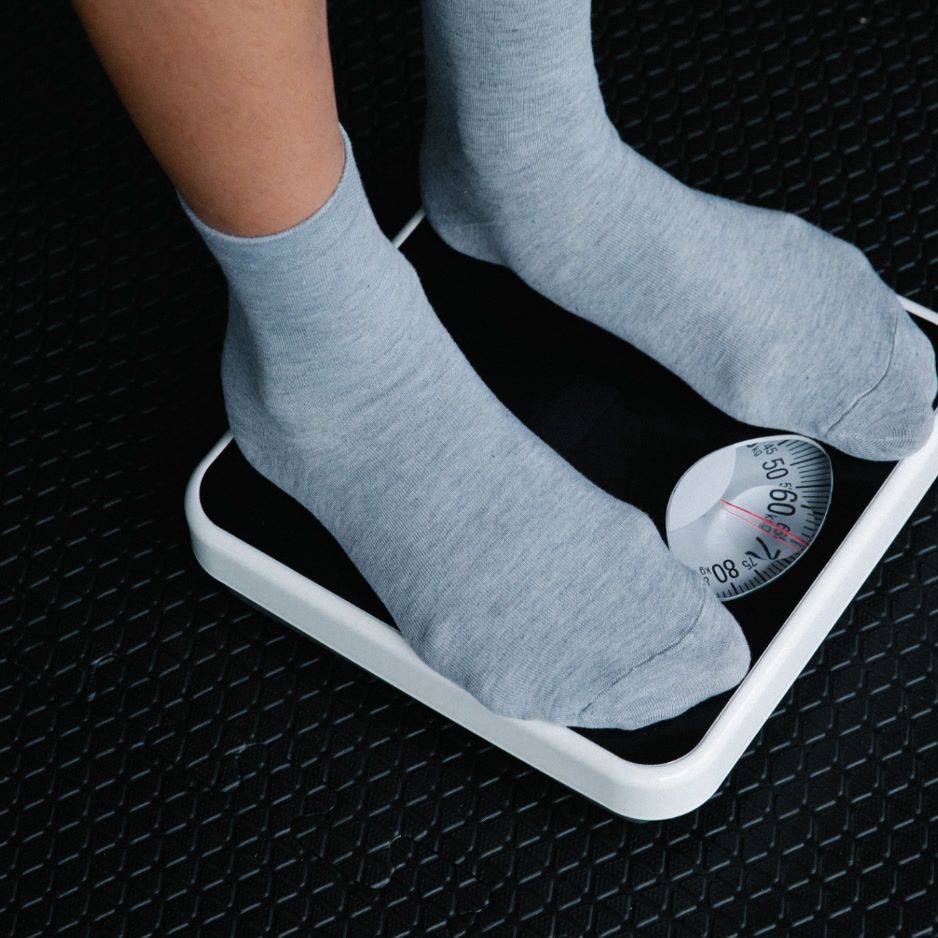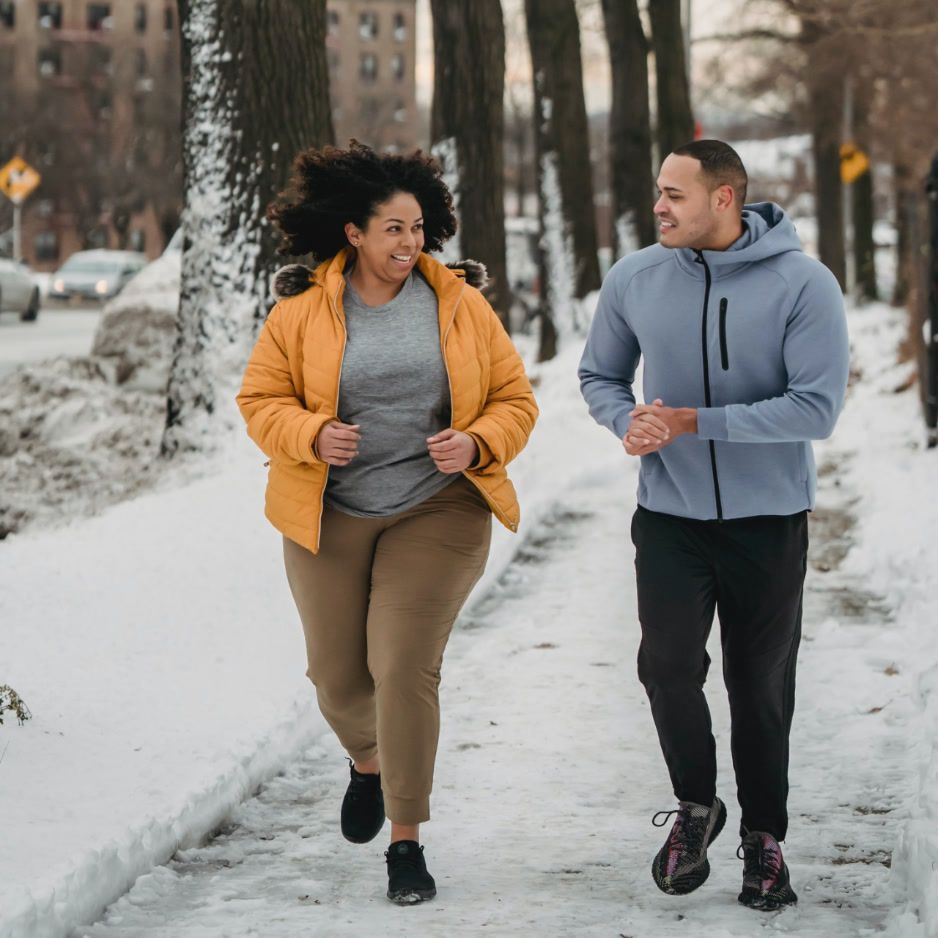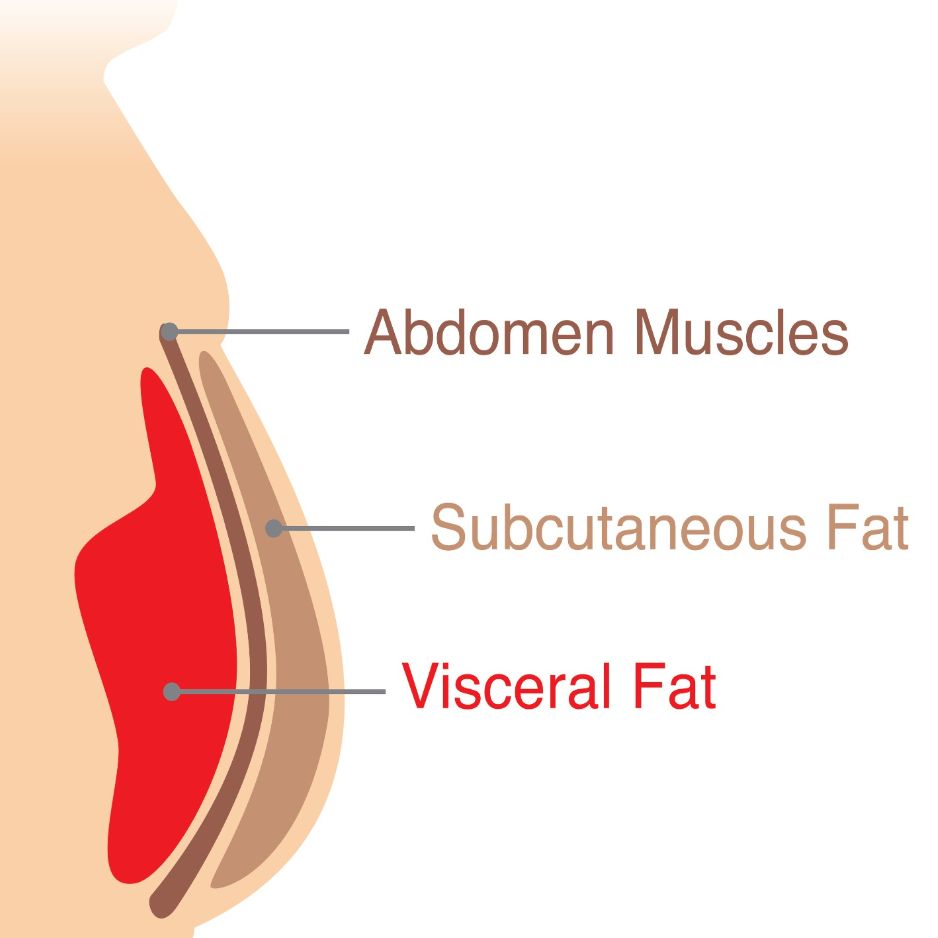19% Body Fat in Men: Appearance, Health, and Improvement Guide

19% Body Fat in Men: Looks, Health & How to Improve
Sitting at 19% body fat puts a man on the border between average and lean. Learn how this level shapes appearance and health—and follow a data-driven plan to bring body fat down to 15% while preserving muscle.
Key Takeaways: At ~19% body fat most men notice only a faint outline of their upper abs, yet cardiometabolic markers generally remain normal when visceral fat is low. If you want greater muscle definition, lose 0.5–1.0 lb of fat per week and confirm results with periodic DEXA scans.
1. What Does 19% Body Fat Look Like?
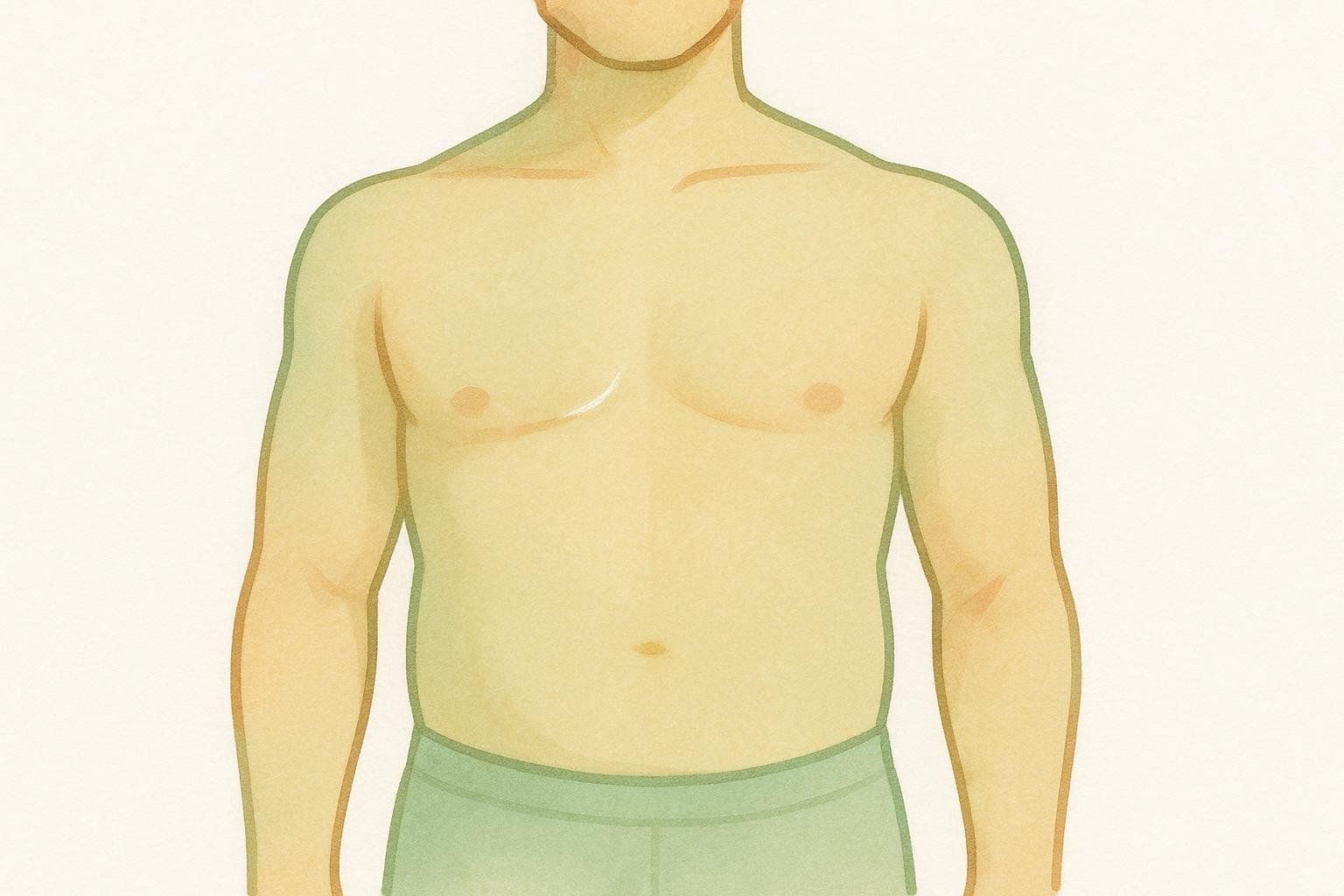
Appearance varies with muscle mass, height, and fat distribution, but the following traits are common for men at 19% body fat:
| Trait | Typical Look at 19% Body Fat |
|---|---|
| Abs | A faint outline of upper abs, visible only in specific lighting; lacks clear separation between muscles |
| Arms & Shoulders | Soft but still show curvature; minimal veins |
| Love Handles | Noticeable soft fat at the sides of the waist |
| Face | Slight fullness in cheeks and jawline |
| Vascularity | Low except maybe forearms during a workout |
For a precise breakdown of your body composition, a DEXA scan provides regional fat, lean mass, and bone data in about 10 minutes: Find a scan near you.
2. Is 19% Body Fat Healthy for Men?
According to ACE, 19% lands at the upper end of the "acceptable/average" range for adult men (18–24%).
Observational data indicate that many men at this level still maintain normal lipid and glucose profiles—as long as visceral fat stays in check.
A 2022 study on visceral fat and cardiometabolic risk supports this finding, showing that lipid and glucose markers remain healthy when visceral fat is kept low.
Analysis of data from over 450,000 BodySpec DEXA scans confirms that keeping visceral fat at or below 1.1 lb (0.5 kg) aligns with lower cardiometabolic risk.
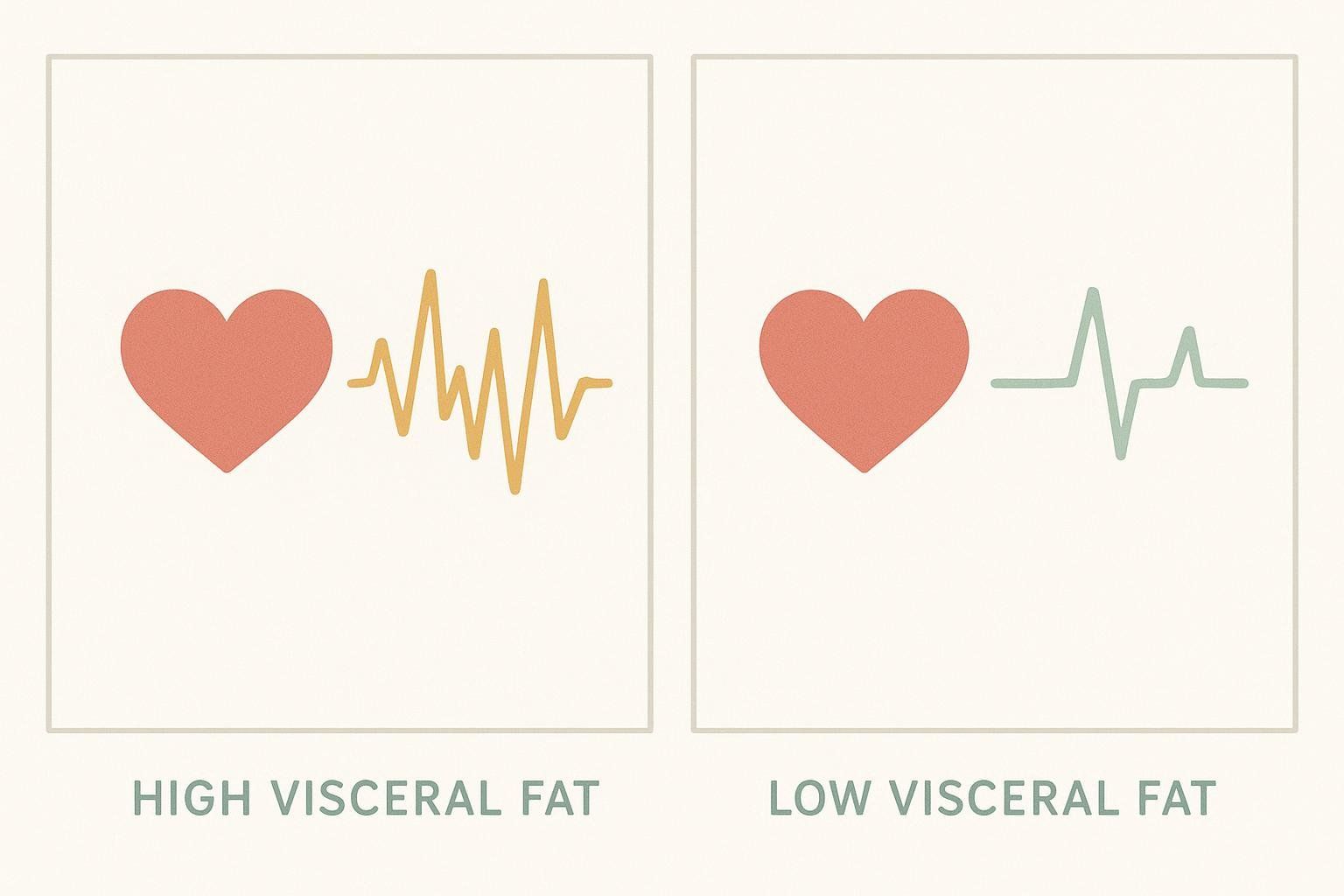
3. Age-Specific Healthy Body Fat Ranges for Men
ACE’s categories are age-agnostic, but population studies show that healthy body-fat bands increase with age. The table below is based on data from the American Journal of Clinical Nutrition, so you can see where 19% sits at different life stages.
| Age Group | Underfat | Healthy | Overfat | Obese |
|---|---|---|---|---|
| 20–39 | <8% | 8–19% | 20–25% | >25% |
| 40–59 | <11% | 11–21% | 22–27% | >27% |
| 60–79 | <13% | 13–24% | 25–30% | >30% |
Reducing body fat into the 15–17% range is associated with a waist-to-height ratio below 0.5, a cutoff linked to lower metabolic risk in a meta-analysis of over half a million adults.
4. How Accurate Is Your 19% Figure? Comparing Measurement Methods
| Method | Estimated Error ± | Pros | Cons | Cost |
|---|---|---|---|---|
| DEXA scan | 1–2% | Regional fat & visceral data; quick (≈10 min) | Involves a very low, safe level of radiation | $40-$70 |
| 7-Site Calipers | 3–4% | Cheap, portable | Skill-dependent; cannot measure visceral fat | $20 one-time |
| Smart Scale (BIA) | 4–8% | Convenient daily checks | Sensitive to hydration; cannot measure visceral fat; less accurate for muscular users | $30–$150 |
| Navy Tape Method | 5–6% | Only requires tape | High error if you store fat in hips/legs; cannot measure visceral fat | $5 |
Estimated error ranges are drawn from published validation studies; individual results may vary.
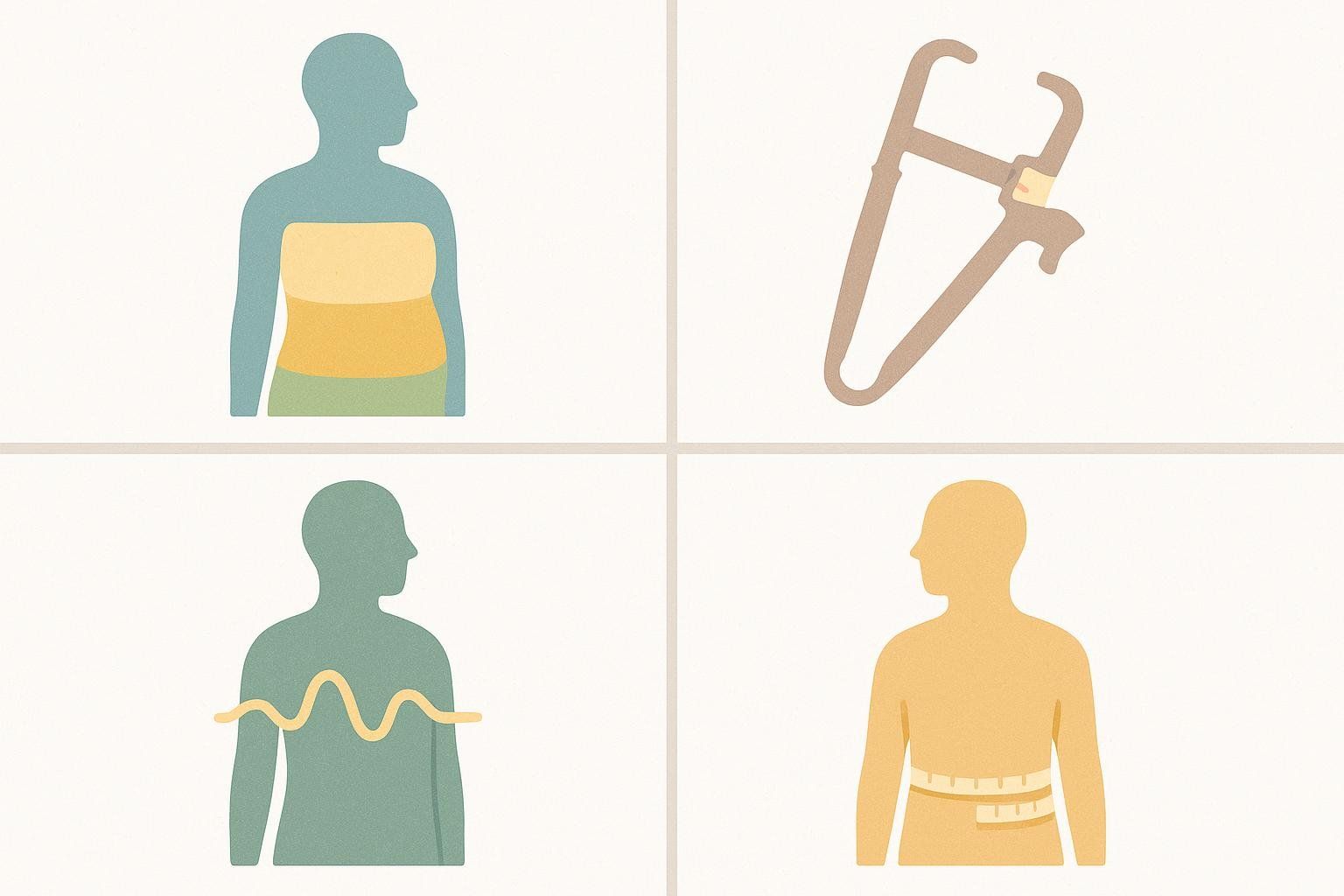
Takeaway: Use DEXA every 6–12 weeks for a precise baseline and track more frequent changes with your preferred at-home method (e.g., calipers every four weeks). Learn more in our comparison of InBody vs. DEXA scans.
5. From 19% → 15%: Four-Phase Blueprint
Dropping roughly four percentage points for the average 180-lb (82 kg) male equals about 7.2 lb (3.3 kg) of fat. A sustainable pace is 0.5–1.0 lb per week. Here’s how:
Phase 1 – Audit (Week 0)
- Get a BodySpec DEXA scan for a precise baseline of your fat, muscle, and bone mass.
- Track food for three days (e.g., MyFitnessPal) to gauge usual calories.
- Set protein target: 1.6–2.2 g/kg body weight, as recommended by the International Society of Sports Nutrition.
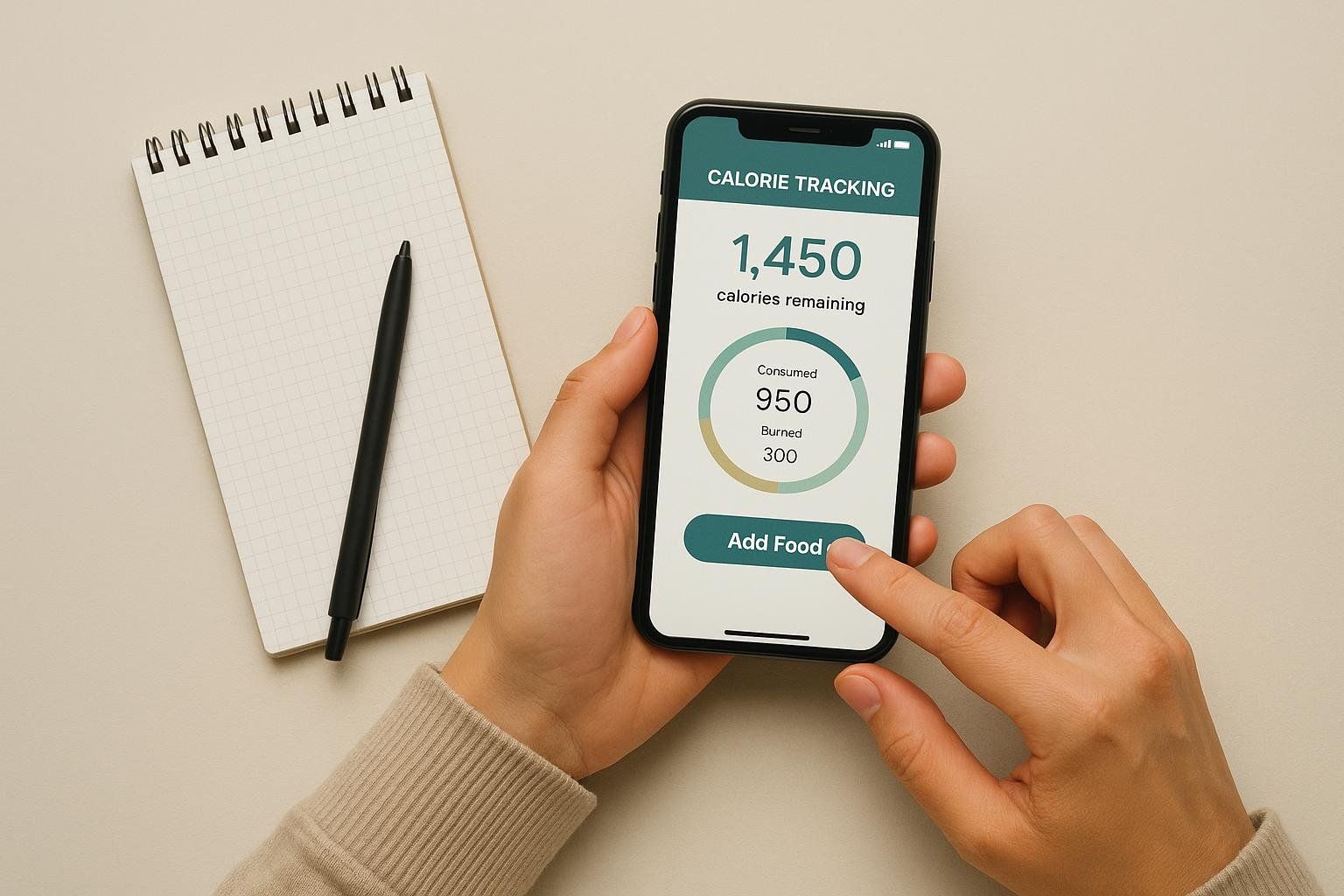
Phase 2 – Gentle Deficit (Weeks 1–4)
- Reduce calories by about 15% below maintenance.
- Lift three to four times per week (compound focus).
- 7–10 k steps daily.
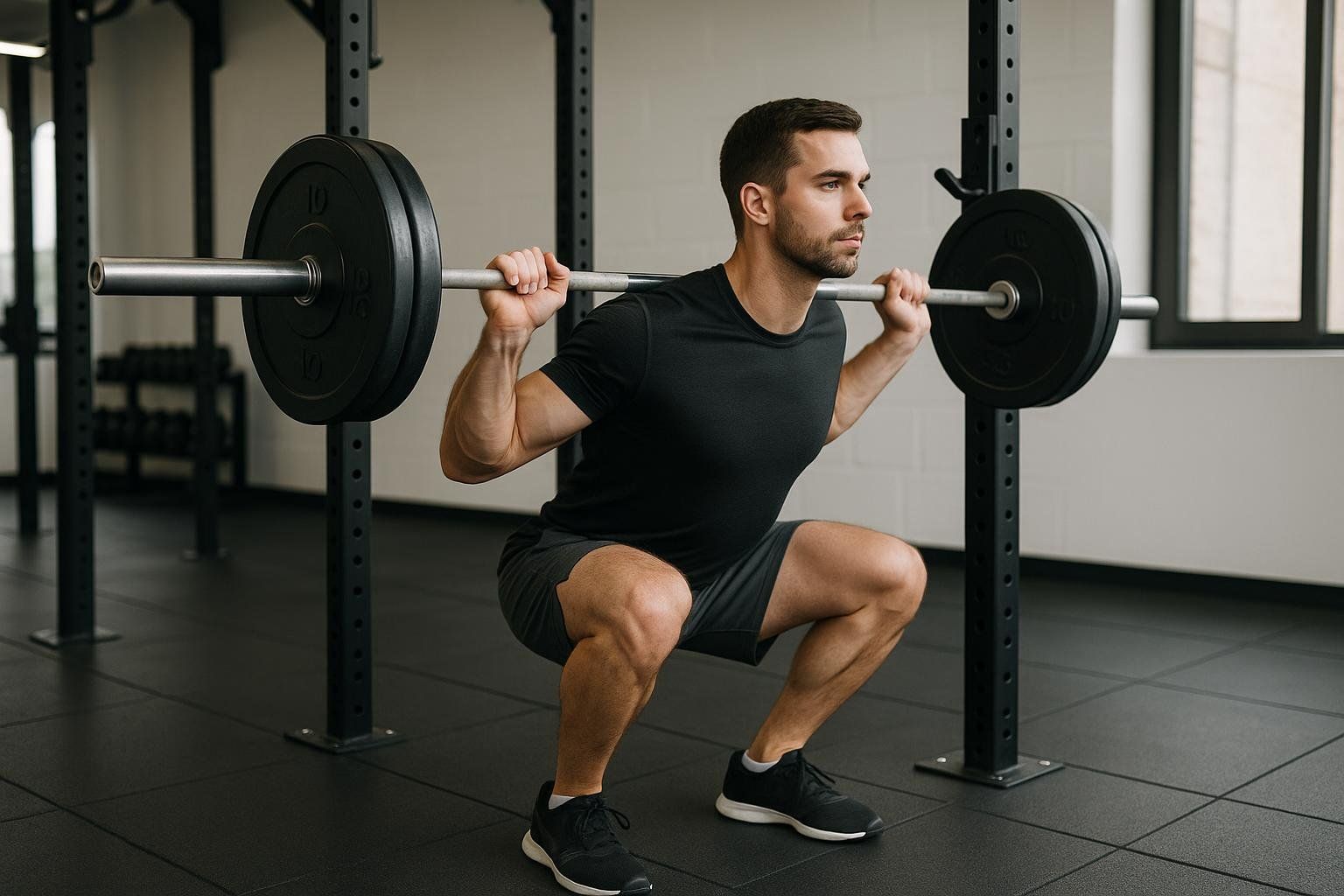
Phase 3 – Dial-In (Weeks 5–10)
- Adjust calories weekly to keep scale dropping 0.5–1 lb.
- Add one or two low-intensity cardio sessions (20–30 min).
- Include a refeed day every 10–14 days at maintenance calories to support adherence.
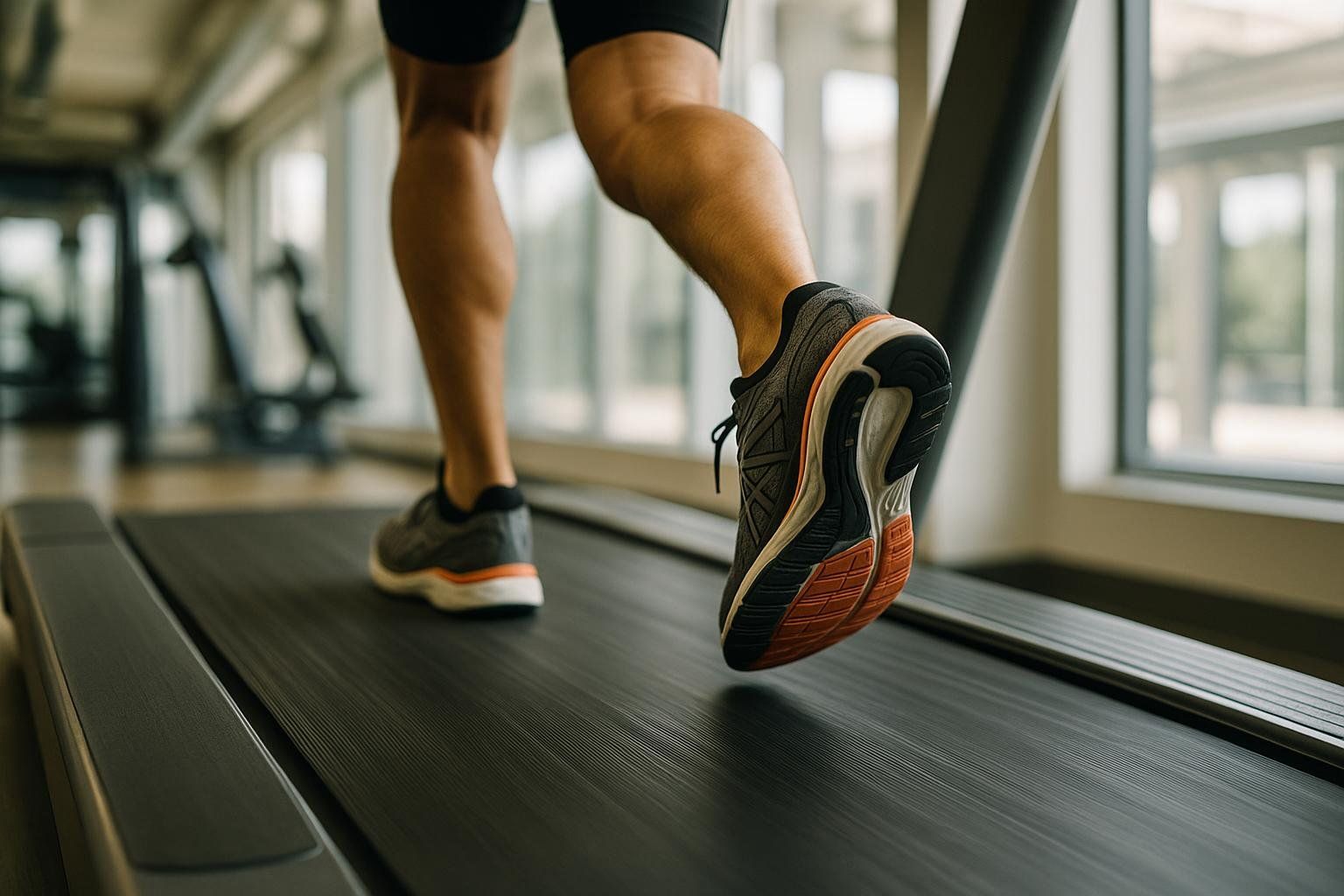
Phase 4 – Fine-Tune (Weeks 11–16)
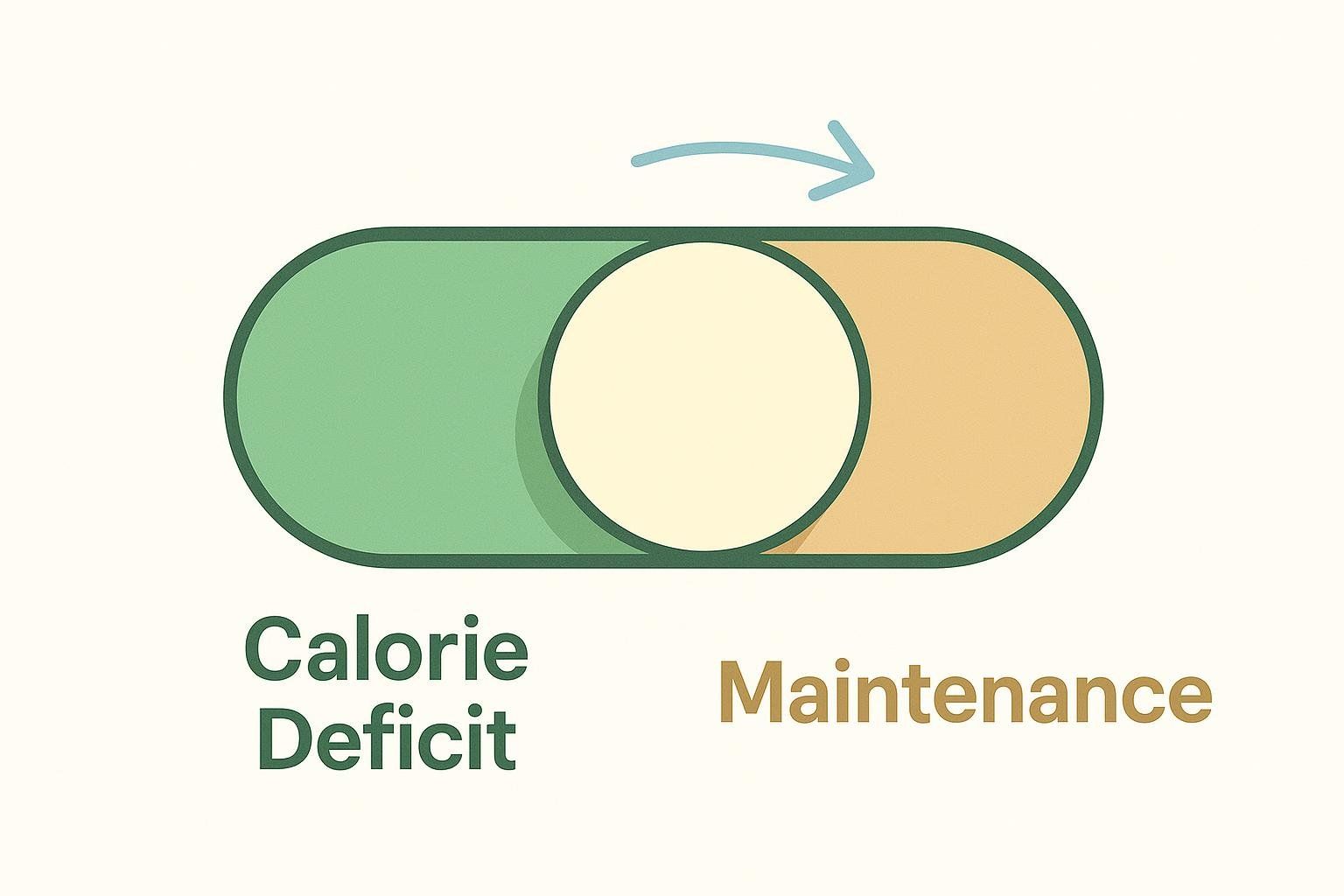
- Pause the deficit once 15% is reached; transition to maintenance.
- Continue progressive overload and monitor body composition to ensure muscle retention.
For a deeper dive, see our guide on how to safely reach 15% body fat.
6. FAQ: Rapid Answers
How long will it take to drop from 19% to 15%?
Most men need 12–16 weeks at a 0.5–1 lb weekly fat-loss rate.
Will I see abs at 19%?
Partial definition—such as the top two abs in favorable lighting—is common, but a complete six-pack typically requires 12–14% body fat.
Should you bulk at 19% body fat?
Bulking on top of already elevated fat levels can blunt insulin sensitivity and shift calories toward additional fat storage. Cutting to roughly 15% first creates a more favorable hormonal and metabolic environment for a productive muscle-building phase. Evidence shows that losing just 5% of body weight improved insulin sensitivity in liver, muscle, and adipose tissue.
Is 19% body fat obese?
No. The World Health Organization categorizes obesity in men at roughly 25% body fat and above.
How often should I re-measure?
Schedule a DEXA scan every 6–12 weeks and use an at-home method like calipers every four weeks to keep tabs on progress.
7. Next Steps
- Book your DEXA scan to establish an accurate benchmark.
- Crunch your own numbers with our Body Fat Percentage Calculator.
- After you comfortably maintain 15%, consider a short “mini cut” to dip into the 12–13% range for even sharper definition—using BodySpec scans to ensure muscle retention throughout.
Achieving your leanest, healthiest self doesn’t require crash diets or endless cardio. It calls for consistent habits, accurate tracking, and data-driven adjustments. Use the data from a BodySpec DEXA scan to guide your journey with precision.
